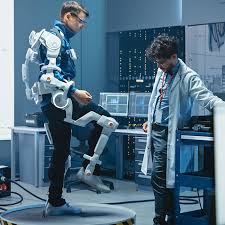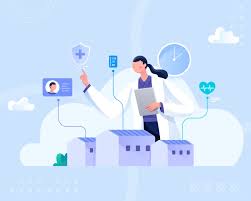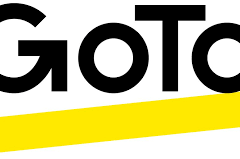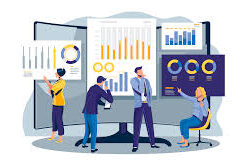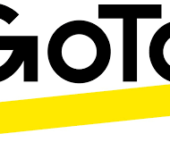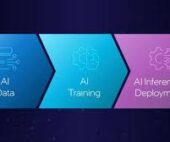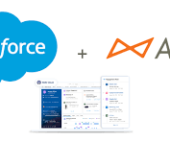Dr. Johnathan Flowers of American University recently sparked a conversation on Bluesky regarding a statement from the organizers of NaNoWriMo, which endorsed the use of generative AI technologies, such as LLM chatbots, in this year’s event.
Thank you for reading this post, don't forget to subscribe!Dr. Flowers expressed concern about the implication that AI assistance was necessary for accessibility, arguing that it could undermine the creativity and agency of individuals with disabilities. He believes that art often serves as a unique space where barriers imposed by disability can be transcended without relying on external help or engaging in forced intimacy. For Dr. Flowers, suggesting the need for AI support may inadvertently diminish the perceived capabilities of disabled and marginalized artists.
Since the announcement, NaNoWriMo organizers have revised their stance in response to criticism, though much of the social media discussion has become unproductive.
In earlier discussions, the author has explored the implications of generative AI in art, focusing on the human connection that art typically fosters, which AI-generated content may not fully replicate. However, they now wish to address the role of AI as a tool for accessibility.
Not being personally affected by physical disability, the author approaches this topic from a social scientific perspective. They acknowledge that the views expressed are personal and not representative of any particular community or organization.
Defining AI
In a recent presentation, the author offered a new definition of AI, drawing from contemporary regulatory and policy discussions: AI: The application of specific forms of machine learning to perform tasks that would otherwise require human labor.
This definition is intentionally broad, encompassing not just generative AI but also other machine learning applications aimed at automating tasks.
AI as an Accessibility Tool
AI has potential to enhance autonomy and independence for individuals with disabilities, paralleling technological advancements seen in fields like the Paris Paralympics. However, the author is keen to explore what unique benefits AI offers and what risks might arise.
Benefits
- Neurological and Communication Support: AI tools can assist individuals with reading difficulties by summarizing long texts, enhancing comprehension without substituting the entire text. Similarly, AI can improve communication for those with speech impairments through accurate transcription and realistic synthetic voices.
- Visual Impairments: AI can aid in generating alt text for images, improving accessibility for those who use screen readers. Advances in computer vision models can help in identifying and describing image contents.
- Physical Prosthetics: AI is enhancing the functionality of prosthetics by learning the physics of human movement. This integration helps with fine motor skills and improves the naturalness of limb movements.
Risks
- Representation and Erasure: AI models often replicate and reinforce social biases, including ableism. This can result in inadequate representation of people with disabilities in AI-generated content.
- Data Privacy and Ethics: There is a risk of AI making erroneous assumptions about individuals’ needs and capabilities, potentially leading to discrimination. Additionally, privacy concerns arise when using accessibility technologies that might reveal sensitive information about disability status.
- Bias in Medical Treatment: AI used in medical contexts might perpetuate biases, affecting diagnoses and treatment recommendations for disabilities. This could result in non-standard or atypical presentations being overlooked.
- Access to Technologies: The existence of advanced technologies does not guarantee accessibility for all. Economic barriers often prevent people with disabilities from benefiting fully from these innovations.
AI and Disability
The author acknowledges that this overview touches only on some key issues related to AI and disability. It is crucial for those working in machine learning to be aware of these dynamics, striving to balance benefits with potential risks and ensuring equitable access to technological advancements.

